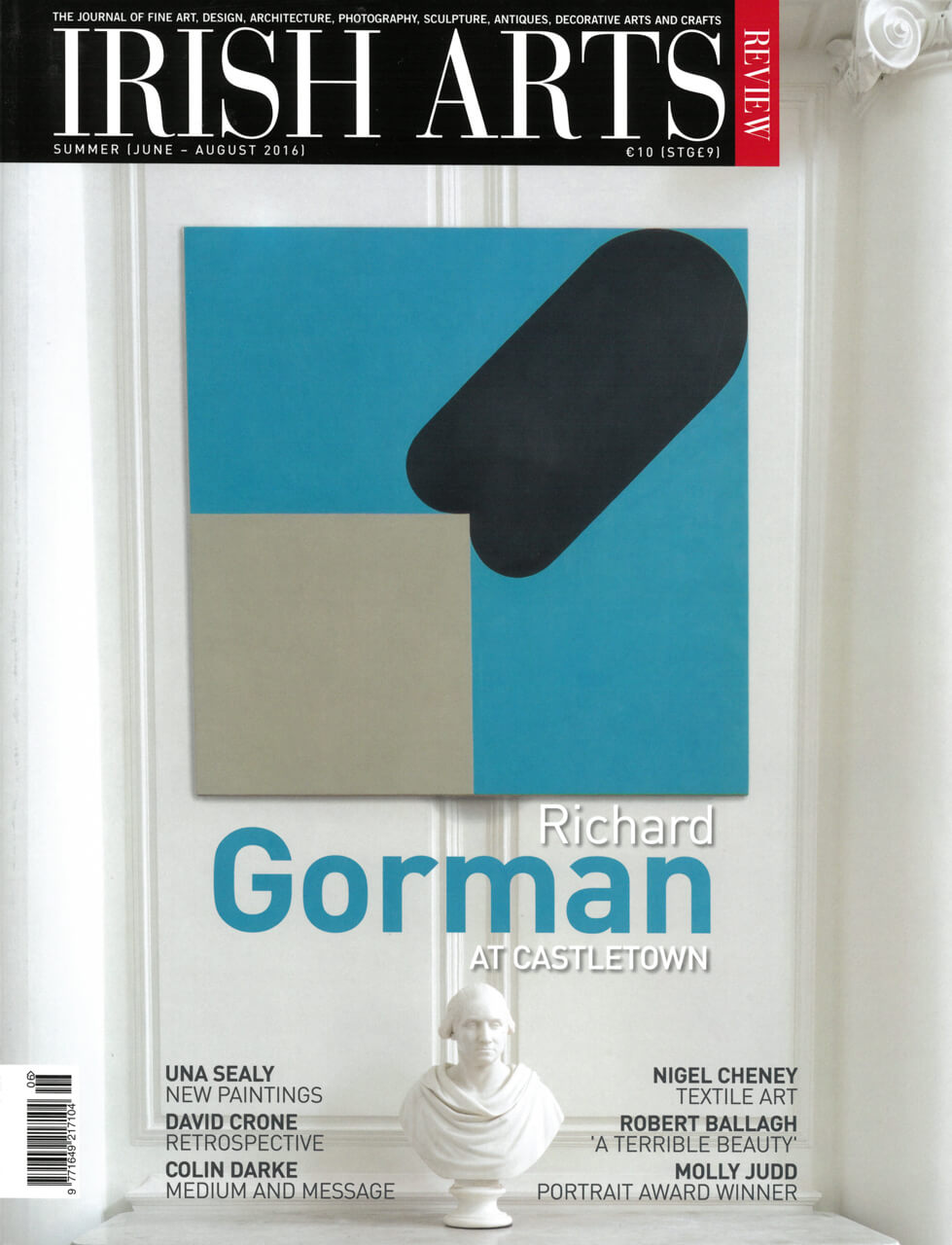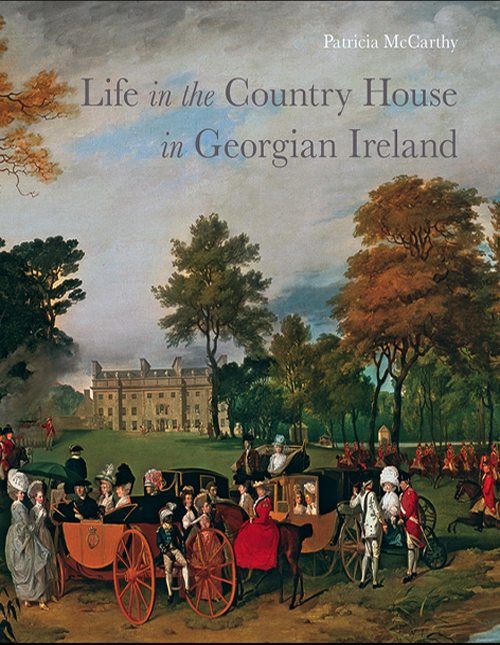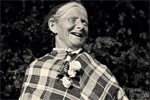

Patricia McCarthy
Yale University Press, 2016
pp 272 132 col & 65 b/w ills h/b
€58.00/ £45.00 ISBN: 9780300218862
Terrence Dooley
This book, as the author candidly admits, has been a long time in the making. It has also been eagerly awaited and I am glad to say it does not disappoint. Sumptuously illustrated, it is erudite in its scholarship, with appeal for both an academic and a much wider popular audience. For the very expanding number of scholars and enthusiasts, the book provides a comprehensive description of life int he country house during the Georgian period in Ireland. Drawing inspiration from Mark Girouard’s pioneering work on the English country house it successfully integrates social and architectural history. It also owes much to the scholarship of Toby Barnard, Finola O’Kane, William Laffan, and the late Desmond Fitzgerald, Knight of Glin, all of whom, and more, are duly acknowledged. However, in research terms, its main strength lies in the fact that it also draws on an impressive array of primary source material including plans and designs, private correspondence, and diaries. In particular, McCarthy has made valuable use of inventories (a very useful list of which appears at the back of the book that will be a great assistance to future scholars).
The majority of houses referenced in this book were enormous, complicated architectural structures. The book is divided into six chapters: ‘Approaching and Arriving’, ‘Crossing the Threshold’, ‘Dining’, ‘Public Rooms’, ‘Family Spaces’, and ‘Servants and Privacy’. Thus, McCarthy sets out to describe how every household function and social nuance was planned for: impressing peers from the moment they entered through the demesne gates, providing grand venues for hospitality and recreation; and delineating physical spaces for the family, guests, and servants. The book provides both a comprehensive introduction to architectural and landscape design and an informed examination of the creation of collections; from the outset, it was imperative for owners that their houses should be decorated with all that was fashionable, that they should become the repositories for valuable works of art, and their libraries rich in books and curios.
McCarthy’s point about the muniments room in Irish country houses is worth noting:’the great families of Ireland did not place much importance on the preservation of papers of posterity, with one writer going so far as to say that they disliked showing them to the interested scholar’. She concludes: ‘As a result, a large body of documentation on the building, decoration, and furnishing of Irish country houses is lost to researchers.’ This is unfortunate because the historiography of the Big House to date has had little to say about how much they cost to build, embellish, and furnish nor, indeed, has it illuminated on ancillary issues such as the state of the Irish building trade in the 18th century or what the construction of a country house meant to a local economy. If there are still archives in private possession that would illuminate these areas, owners should consider making them accessible. There are a number of quibbles, some more significant that others. It may be the case that the book has been so long in gestation that the author has not caught up with recent historiography; there seems to be no post-2006 secondary work cited with the exception of one article from the author’s own hand. While the footnotes are extensive, even a select bibliography would have been a welcome addition. The chapter on servants is interesting but a more nuanced reading of sources such as the Kildare household book, within the wider context of the social and political history of the family, notably as FitzGerald would have moved up the nobility ranks, would have been informative. We get no real sense of the drudgery of servant life in contrast to the leisured lifestyle of their employees.
However, these quibbles should not detract from the quality of this work that provides something of a virtual tour of Irish Georgian country houses and landscapes. Yale University Press is to be commended for producing such a high quality, beautifully designed book. Readers are sure to delight in the splendid photographs of historically important rooms such as the Gold Salon at Carton or Lady Louisa Conolly’s boudoir at Castletown, and seeing paintings and artifacts, some of which are hidden away in private collections.
Terrence Dooley is Director of the Centre for the Study of Historic Irish Houses and Estates at Maynooth University. His latest book is ‘The Decline and Fall of the Dukes of Leinster, 1872-1948: Lover, War, Debt, and Madness’ Four Courts Press, Dublin, (2014).



